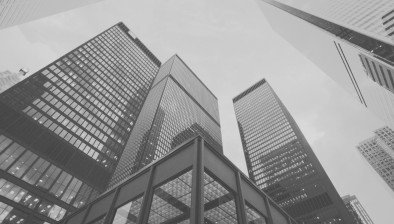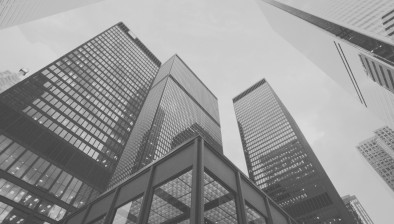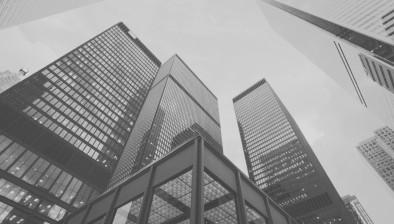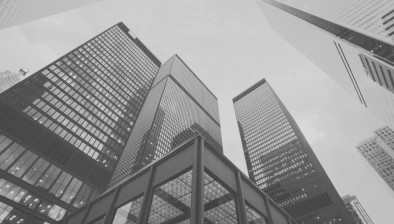V&A Dundee roof insulation linked to Glasgow School of Art
 Flammable insulation which has been linked to the spread of fires at Grenfell Tower and the Glasgow School of Art is installed in the roof of the V&A Dundee, according to reports.
Flammable insulation which has been linked to the spread of fires at Grenfell Tower and the Glasgow School of Art is installed in the roof of the V&A Dundee, according to reports.
The flagship £80 million museum, which opened last month, is fitted with two different types of lining, which both contain combustible polyisocyanurate (PIR).
The details emerged after the Fire Brigades Union submitted a question to a Holyrood committee asking whether the insulation material had been used in Scotland.
In its submission to the local government and communities committee’s investigation into fire safety, the union questioned the use of PIR in Scotland, adding the material has “unusual burning characteristics”.
It said: “The demands for better and better thermal insulation of buildings is driving innovation in the construction industry, but unfortunately, most of the best insulation materials are also easily ignited and very combustible but there is not the resource any more to study the risk.”
A report in The Courier describes PIR as “up to 50% cheaper than non-flammable products stone wool or glass wool, which are made from recycled glass and strands of rock”.
The Kingspan-manufactured product also gives off toxic gases, including hydrogen cyanide and carbon monoxide, when ignited, it added.
It has been reported that PIR was used on the Glasgow School of Art, though firefighters are still investigating whether it aided the spread of the June 16 blaze.
In its Scottish Government commissioned report, the Review Panel on Building Standards (Fire Safety) in Scotland recommended external walls of all “entertainment and assembly buildings” are fitted with material that meets at least a Euroclass A2 rating.
That is four notches above the V&A roof insulation’s rating, although the document does not make any specific recommendations about roof spaces.
A spokesperson for V&A Dundee strongly rejected any suggestion that the building is unsafe or a fire risk and said it is entirely incorrect for The Courier to equate walls and roofs in the way it has done.
The spokesperson told Scottish Construction Now: “The design and construction of V&A Dundee is fully compliant with all existing building standards and those being considered for the future.
“The guidelines referred to by The Courier relate to walls of high rise buildings and residential properties, and it is entirely incorrect to equate these to roofing.
“There are fundamentally different considerations for the use of materials in roofs, particularly as all wall insulation in V&A Dundee is non-combustible and there are no cavity routes for fire to spread to the roof. There will also be no welding on the roof of V&A Dundee, as nothing on the roof requires welding, removing that fire risk.
“The museum’s design and construction have been subject to a rigorous fire engineering strategy, assessed independently by peers, building standards and the Scottish Fire and Rescue Service. This includes a marshalled evacuation procedure.
“The building is fully monitored by a fire detection system within the museum, which also immediately contacts the fire service in case of any incident. Fire safety risk assessments are also conducted annually by an independent assessor.”





















